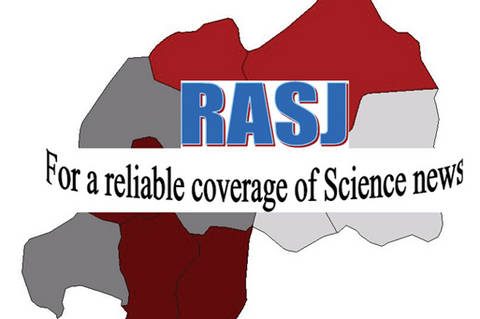Rwanda Association of Science Journalists (RASJ)

The RASJ was founded in July 2007 by a small group of health and environmental reporters from different media institutions in Rwanda, in response to what they felt was a distinct lack of awareness about media's role in creating dialogue between scientists, policymakers, and the public. RASJ was therefore created to promote using mass media to help in policy decision making around science and technology research.
Since the RASJ was created, it has mobilised funds to help science reporters gain knowledge on how they can cover their stories. In 2008, in response to the growing number of science reporters, the RASJ organised the first Conference on Science Communication as a way to build capacity of Rwandan media to cover science stories. According to RASJ, it became clear that there was considerable demand for this kind of science reporting in Rwanda to raise public awareness of science and to play a role in policy decision making. RASJ has also linked with science journalist associations from other countries and applied for membership to other science organisations regionally and internationally.
As of 2011, the association was in the process of preparing, developing, and distributing an online questionnaire to gather information about how RASJ members are getting involved in publishing science stories for their respective newsrooms. The outcomes of this survey will help identify the current trends of science journalism in Rwanda.
RASJ is planning to open an office with new equipment that local association members can use to prepare their stories. In addition, at least three formal meetings/workshops intended for science journalists are scheduled to take place. These will serve as an inclusion platform for RASJ members to interact and discuss a number of challenges that they are facing in their careers.
Journalism, Science, and Technology
Rwandan Association of Science Journalists website on June 2 2011.
- Log in to post comments
